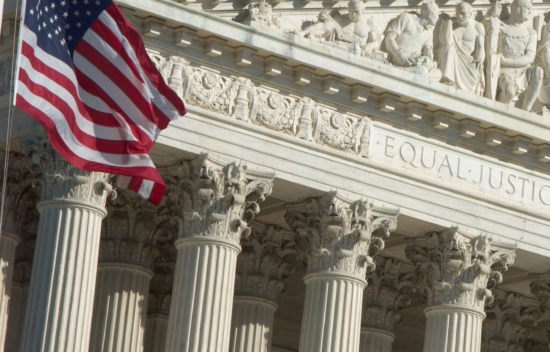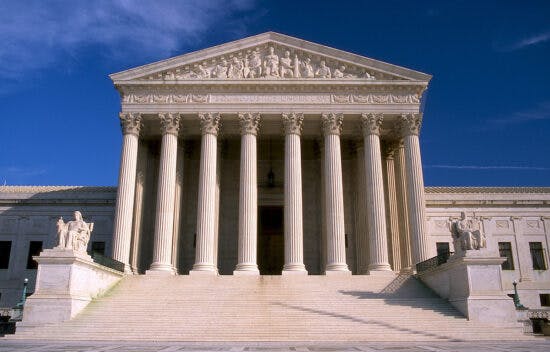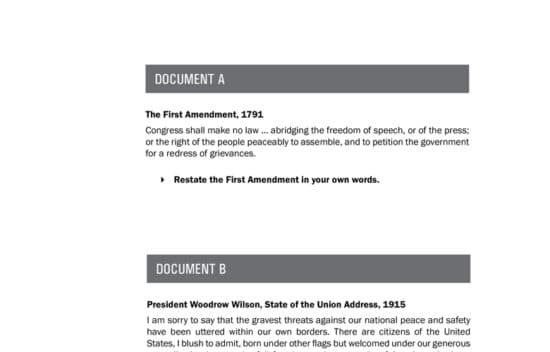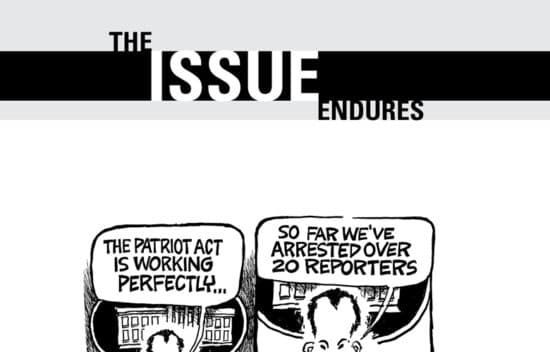



Landmark Supreme Court Cases: Schenck v United States
7 items

Schenck v. United States | BRI’s Homework Help Series
Video
Video
3 Min
Schenck v. United States was a Supreme Court Case that explained some limits to the Freedom of Speech afforded by the First Amendment. During World War I, the US instituted a military draft. Many people released anti-war and anti-government information due to their displeasure with the draft. Charles Schenck, an anti-war socialist, was arrested by the Federal Government for circulating a pamphlet encouraging men to resist the draft and violating the Espionage Act of 1917. The Supreme Court ruled that wartime circumstances changed the rules related to free speech and resulted in the “Clear and Present Danger” rule.
3 Min

Schenck v. United States (1919)
Lesson - 4 Activities
Lesson
4 Activities
Case background and primary source documents concerning the Supreme Court case of Schenck v. United States. Dealing with the First Amendment's free speech protections and whether it has limits during wartime, this lesson asks students to evaluate the Supreme Court's limitations of free speech set forth in Schenck.

Primary Sources Schenck v. United States
Activity
Activity
Images and excerpted texts that provide background for the Schenck v. United States Supreme Court Case.



